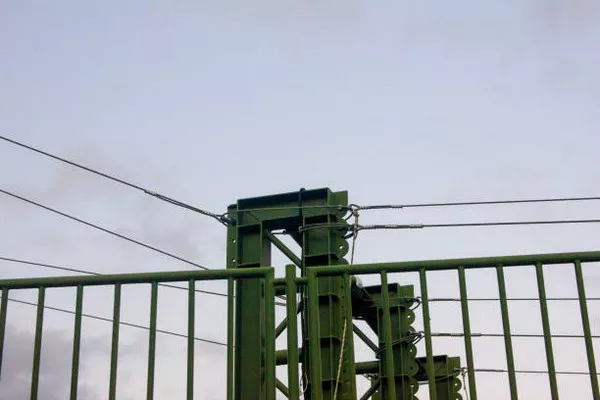Isolation transformers play a crucial role in electrical systems, ensuring the safety and reliability of sensitive equipment by providing a barrier against unwanted electrical disturbances. These transformers are designed to physically and electrically isolate the primary and secondary winding circuits, preventing the direct flow of current between them. In this article, we will delve into the intricacies of isolation transformers and explore how they work to safeguard electronic devices and systems.
Basic Structure:
Isolation transformers share a fundamental structure with conventional transformers, consisting of a laminated iron core and two sets of windings – primary and secondary. The primary winding is connected to the input voltage source, while the secondary winding is linked to the load or device requiring power. What sets isolation transformers apart is the presence of a physical barrier, typically in the form of an electrostatic shield, between the primary and secondary windings.
Functionality:
The primary purpose of isolation transformers is to provide electrical isolation, preventing the direct transmission of power disturbances and noise from the primary to the secondary side. This isolation is achieved through the transformer’s core and winding design, along with the addition of an insulating material between the windings.
Electromagnetic Induction:
Isolation transformers operate on the principle of electromagnetic induction. When an alternating current (AC) flows through the primary winding, it produces a changing magnetic field in the iron core. This changing magnetic field induces a voltage in the secondary winding, generating a new AC current. The number of turns in the primary and secondary windings determines the voltage transformation ratio.
Physical Barrier:
The physical separation between the primary and secondary windings is a critical aspect of isolation transformers. This separation prevents direct electrical contact, reducing the risk of electrical shocks and minimizing the transmission of common-mode noise and interference. The electrostatic shield acts as an additional layer of protection, further enhancing the isolation properties.
Insulating Materials:
Isolation transformers incorporate insulating materials to enhance safety and prevent electrical leakage. The windings are typically insulated with materials such as enamel, paper, or Mylar to ensure that the electrical current remains confined to its intended path. This insulation is crucial for maintaining the integrity of the transformer and protecting connected devices.
Common-Mode Noise Reduction:
Isolation transformers excel in reducing common-mode noise, which is unwanted electrical interference that can negatively impact the performance of sensitive electronic equipment. By breaking the direct electrical connection between the primary and secondary sides, isolation transformers mitigate the risk of noise transmission and provide a clean and stable power supply to connected devices.
Applications:
Isolation transformers find applications in various industries and scenarios where electrical isolation is paramount. Some notable applications include:
Medical Equipment:
Isolation transformers are extensively used in medical facilities to power sensitive equipment such as MRI machines, X-ray devices, and diagnostic instruments. The isolation provided ensures patient safety and equipment reliability by preventing electrical interference.
Industrial Machinery:
In industrial settings, where machinery and automation systems are prevalent, isolation transformers protect control circuits from power fluctuations and electrical noise. This is vital for the reliable operation of manufacturing processes.
Data Centers:
Data centers rely on isolation transformers to safeguard critical servers, storage systems, and networking equipment. The isolation provided helps prevent electrical disturbances that could lead to data corruption or equipment failure.
Audio and Video Systems:
Isolation transformers are commonly used in audio and video applications to eliminate ground loops and reduce hum or interference in audio signals. This ensures high-quality audio and video output in professional sound systems and broadcasting equipment.
See Also What Is An Isolation Transformer Used For
Conclusion:
In conclusion, isolation transformers play a crucial role in ensuring the safety and reliability of electrical systems by providing effective electrical isolation. Through the principles of electromagnetic induction, physical barriers, and insulating materials, these transformers protect sensitive equipment from electrical disturbances and noise. Their applications span across various industries, including healthcare, manufacturing, and technology, where the need for a clean and stable power supply is paramount. Understanding the inner workings of isolation transformers is essential for professionals working with sensitive electronic devices and systems, as it allows for informed decision-making regarding their deployment and maintenance.

